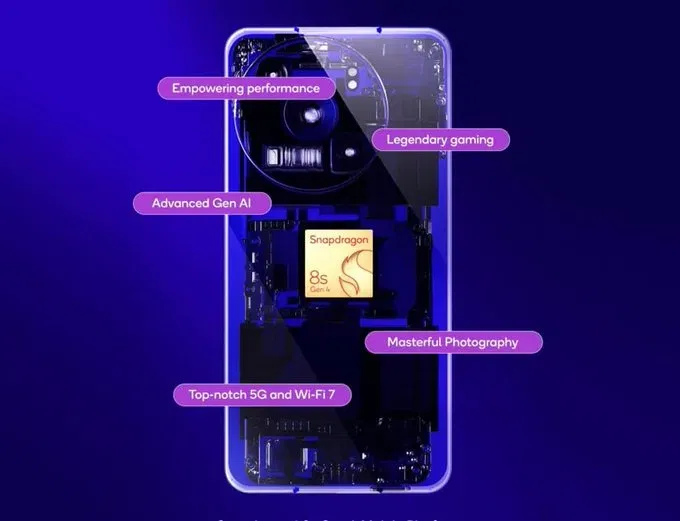This year it is anticipated that LPDDR6 will be finalized leading to the integration of this cutting-edge memory technology, by phone makers like Qualcomm, MediaTek, and Apple in their devices. Rumors are circulating that the next Snapdragon 8 Gen 4 could potentially be the first to support LPDDR6 giving it an edge over chipsets. On the contrary, Apple’s A18 Pro scheduled exclusively for production in the iPhone 16 Pro and iPhone 16 Pro Max may not capitalize on this advancement.

More About Qualcomm Snapdragon 8 Gen 4
The increasing demand for more memory is expected to grow among smartphone and chipset manufacturers as they seek to enhance on-device AI model performance. Recent reports indicate that upcoming smartphones may need 20GB of RAM to efficiently handle models with LPDDR6 technology expected to offer increased bandwidth to avoid any performance constraints. Ajnews suggests that Qualcomm is aiming to outshine competitors like Apple by equipping its Snapdragon 8 Gen 4 with LPDDR6 support.
This advancement comes as Qualcomm’s Snapdragon 8 Gen 3 currently backs LPDDR5T in the Dimensity 9300 chipset. However, the decision on whether to incorporate this memory into their devices ultimately lies with smartphone manufacturers.

In November SK Hynix disclosed that they had dispatched a batch of LPDDR5T memory chips tailored for smartphones, including the Dimensity 9300. Speculations arose about the Vivo X100 Pro adopting this cutting-edge technology. Currently, its specifications page indicates the use of LPDDR5X RAM
To sum up, while it’s possible for the Snapdragon 8 Gen 4 to back LPDDR6 Qualcomm’s partners will have the say. In contrast, Apple typically adopts standards later, than its rivals suggesting that the A18 Pro may not support LPDDR6 RAM. While it might slow down the performance of the iPhone 16 Pro and iPhone 16 Pro Max when running on device Language Models (LLMs) there are reports suggesting that Apple is looking into storing LLMs on NAND flash. This could potentially allow devices with RAM capacity to support on-device AI.

The exact maximum bandwidth of LPDDR6 has not been revealed yet. However, considering that LPDDR5T can achieve operating speeds of 9.6Gbps it is reasonable to expect that the next generation will be even faster. As for its implementation, reports suggest that LPDDR6 technology will be adopted in the latter half of 2025, prompting anticipation for its arrival.







